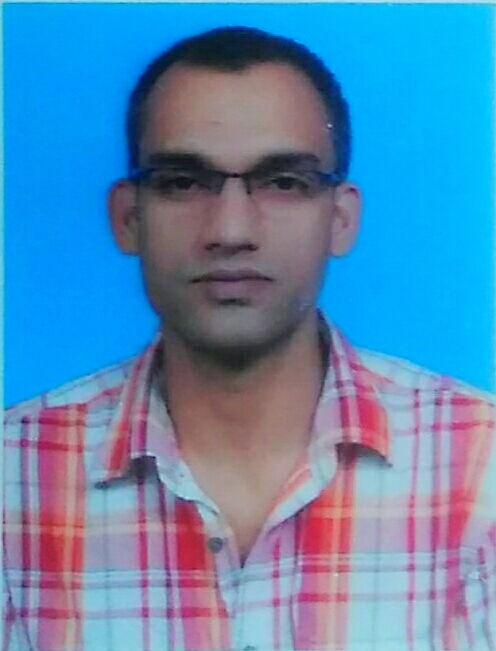Polio Eradication: New method developed to reduce polio detection time

Polio Eradication: New method developed to reduce polio detection time
London
In efforts to curb polio outbreaks and save precious lives, scientists have developed a new method for the first time to reduce polio detection times, almost half of the existing techniques.
The new tech called, ‘Direct molecular Detection and Nanopore Sequencing’ (DDNS) can halve the time taken for polio detection.
The scientific technique to detect polio is being used for the first time.
Previously, the same techniques have been used to detect COVID-19, Ebola, measles and monkeypox.
At present, the polio samples are sent to specialist labs abroad where it takes 42 days due to transportation and costs.
But the new method will enable labs in the country where the outbreak is originated to conduct these tests and it will only take 19 days.
UK Medicines and Healthcare Products Regulatory Agency (MHRA) Principal Scientist Javier Martin said this could be a major step towards polio eradication.
“We are standing at a delicate and pivotal moment for the eradication of polio.
The vaccination programs resulted in its eradication in many countries. But the delayed detection of outbreaks poses a major threat to those efforts.
This research showed that DDNS tests done locally in Congo over a 6-month period were 23 days faster (with over 99% accuracy),” he added.
Prof Placide Mbala-Kingebeni, Virologist at the Institut National de Recherche Biomédicale said it brings us closer to polio eradication.
This enables the application and expansion of DDNS across Africa for rapid detection and outbreak response. The method could help us move closer towards polio eradication,” he added.
Notably, Polio is an infectious disease caused by the poliovirus and transmitted via food and water that is contaminated with infected faeces.
The infection can cause grave consequences as infected people may never show symptoms.
This is serious especially for babies and children under the age of five as polio can lead to permanent paralysis or death.
The WHO has flagged delays in detection as one of the major challenges facing their Polio eradication Strategy 2022–26.
The study, ‘Sensitive poliovirus detection using nested PCR and nanopore sequencing: a prospective validation study’ has been published in Nature Microbiology.
It is jointly conducted by researchers at the Institut National de Recherche Biomédicale in Kinshasa in collaboration with the MHRA, Imperial College London and the University of Edinburgh.
It also included various laboratories including WHO’s Global Polio Laboratory Network (GPLN) and the study was supported by the Bill and Melinda Gates Foundation.









